Mongo (and anyone else)--wood countertop?
writersblock (9b/10a)
11 years ago
Related Stories

KITCHEN DESIGNThe Cure for Houzz Envy: Kitchen Touches Anyone Can Do
Take your kitchen up a notch even if it will never reach top-of-the-line, with these cheap and easy decorating ideas
Full Story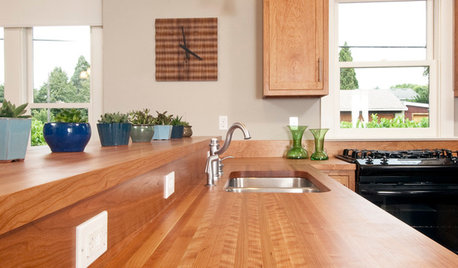
KITCHEN DESIGNWonderful Wood Countertops for Kitchen and Bath
Yes, you can enjoy beautifully warm wood counters near water sans worry (almost), with the right type of wood and sealer
Full Story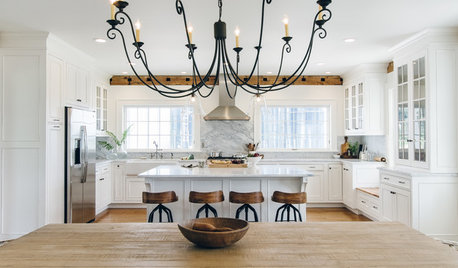
WHITE KITCHENS4 Dreamy White-and-Wood Kitchens to Learn From
White too bright in your kitchen? Introduce wood beams, countertops, furniture and more
Full Story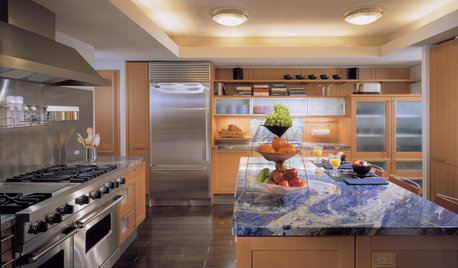
KITCHEN DESIGNAlternatives to Granite Countertops, Part II
Still looking for a new kind of countertop? Try sodalite, zinc, limestone, onyx and more
Full Story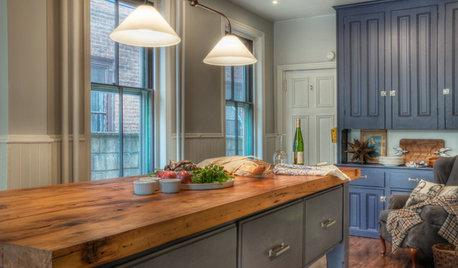
KITCHEN DESIGNEco-Friendly Materials: Kitchen Countertops
Going green in the kitchen opens the door to unusual countertop materials that are beautiful, durable and kind to the planet
Full Story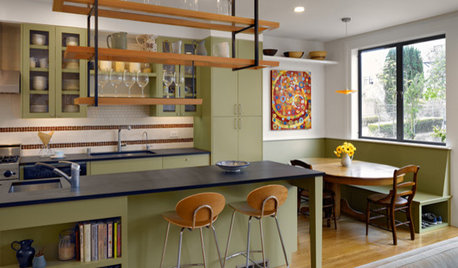
KITCHEN DESIGNAlternatives to Granite Countertops, Part III
9 more reasons to rethink the granite kitchen counter
Full Story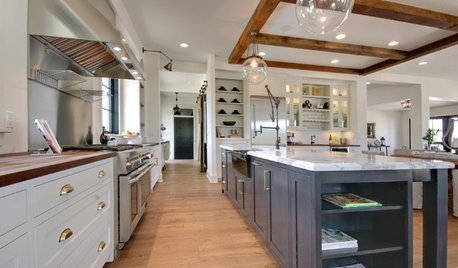
KITCHEN COUNTERTOPS10 Countertop Mashups for the Kitchen
Contrast or complement textures, tones and more by using a mix of materials for countertops and island tops
Full Story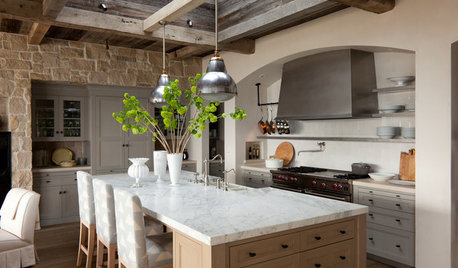
KITCHEN DESIGNHouzz Quiz: What Kitchen Countertop Is Right For You?
The options for kitchen countertops can seem endless. Take our quiz to help you narrow down your selection
Full Story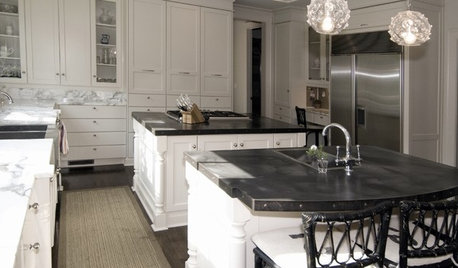
KITCHEN COUNTERTOPSKitchen Countertop Materials: 5 More Great Alternatives to Granite
Get a delightfully different look for your kitchen counters with lesser-known materials for a wide range of budgets
Full Story
KITCHEN COUNTERTOPS7 Low-Maintenance Countertops for Your Dream Kitchen
Fingerprints, stains, resealing requirements ... who needs ’em? These countertop materials look great with little effort
Full Story





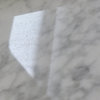



MongoCT
writersblock (9b/10a)Original Author
Related Professionals
Gilbert Kitchen & Bathroom Remodelers · Linton Hall Kitchen & Bathroom Remodelers · Weymouth Kitchen & Bathroom Remodelers · Ashburn Glass & Shower Door Dealers · Danville Glass & Shower Door Dealers · Hialeah Glass & Shower Door Dealers · Alafaya Cabinets & Cabinetry · Indian Creek Cabinets & Cabinetry · Lockport Cabinets & Cabinetry · Prior Lake Cabinets & Cabinetry · Richardson Cabinets & Cabinetry · Riverbank Cabinets & Cabinetry · Rancho Santa Margarita Window Treatments · Riverside Window Treatments · Brownsville Window Treatments